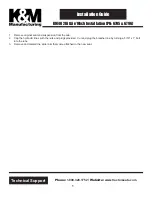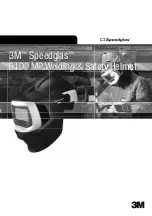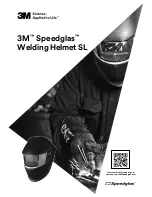
General RF troubleshooting
Introduction to RF troubleshooting
Troubleshooting process
RF troubleshooting is performed in this order:
1 Autotuning
2 General power checking
3 Selftests
4 RX and TX troubleshootings
Most RF semiconductors are static discharge sensitive
ESD protection must be applied during repair (ground straps and ESD soldering irons).
Pre-baking
These parts are moisture sensitive and must be pre-baked prior to soldering:
• RFIC N1001
• Front End Module (FEM) N1002
Discrete components
In addition to the two key-components, there are few number of discrete components (capacitors) for which
troubleshooting is done mainly by
visual inspection
.
Capacitors: check for short circuits.
Note:
In-circuit measurements should be evaluated carefully
Measuring equipment
All measurements should be done using:
• An oscilloscope for low frequency and DC measurements. Recommended probe: 10:1, 10Mohm//8pF.
• A radio communication tester including RF generator and spectrum analyser, for example Rohde & Schwarz
CMU200. (Alternatively a spectrum analyser and an RF generator can be used. Some tests in this guide are
not possible to perform if this solution is chosen).
Note:
All measurements with an RF coupler should be performed in an RF-shielded environment
because nearby base stations can disturb sensitive receiver measurements. If there is no possibility
to use RF shielded environment, testing at frequencies of nearby base stations should be avoided.
Level of repair
The scope of this guideline is to enable repairs at key-component level. Please refer to the troubleshooting
instructions for further information.
RM-352; RM-354
RF troubleshooting
Issue 1
COMPANY CONFIDENTIAL
Page 4 –5
Copyright © 2008 Nokia. All rights reserved.
















































